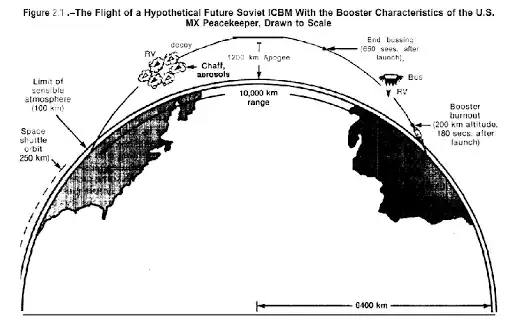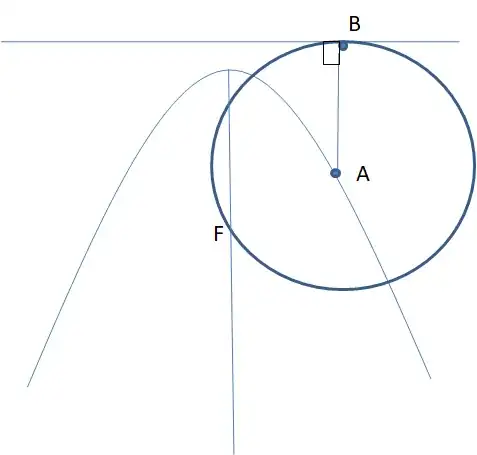Consider a projectile body launched from the earth's surface with a speed lower than the escape velocity.
The orbit of the body under Newtonian gravity traces an ellipse which intersects with the earth's surface, resulting in a collision. However, if we approximate the motion as a simple projectile instead, using the flat earth assumption (with position invariant vertical gravitational field), then the trajectory recovered is a parabola. Please see this physics.se post and answers therein for a detailed discussion of why the trajectory is a parabola.
From the above analysis, can we conclude that a segment of an ellipse represented in the local coordinates (say with origin at one end of the segment and a coordinate axis along the segment) a parabola?
Note: The referenced parabola is not limited to the curve trajectory traced by the projectile from start to end point but also includes all segments along the elliptic trajectory. For instance, in the figure below, the ellipse segment from the 'booster burnout, 180 seconds after launch' point to 'end bussing, 650 seconds' point can be approximated as a parabola by considering constant gravity equal to, say, the average gravity over the elliptical trajectory.

